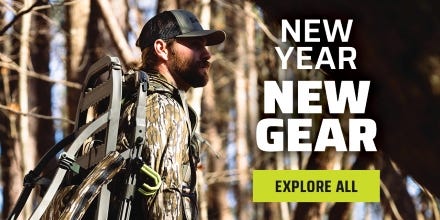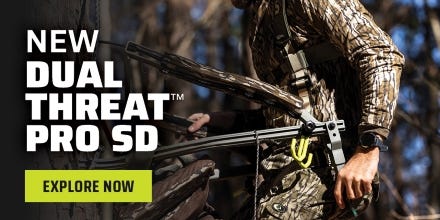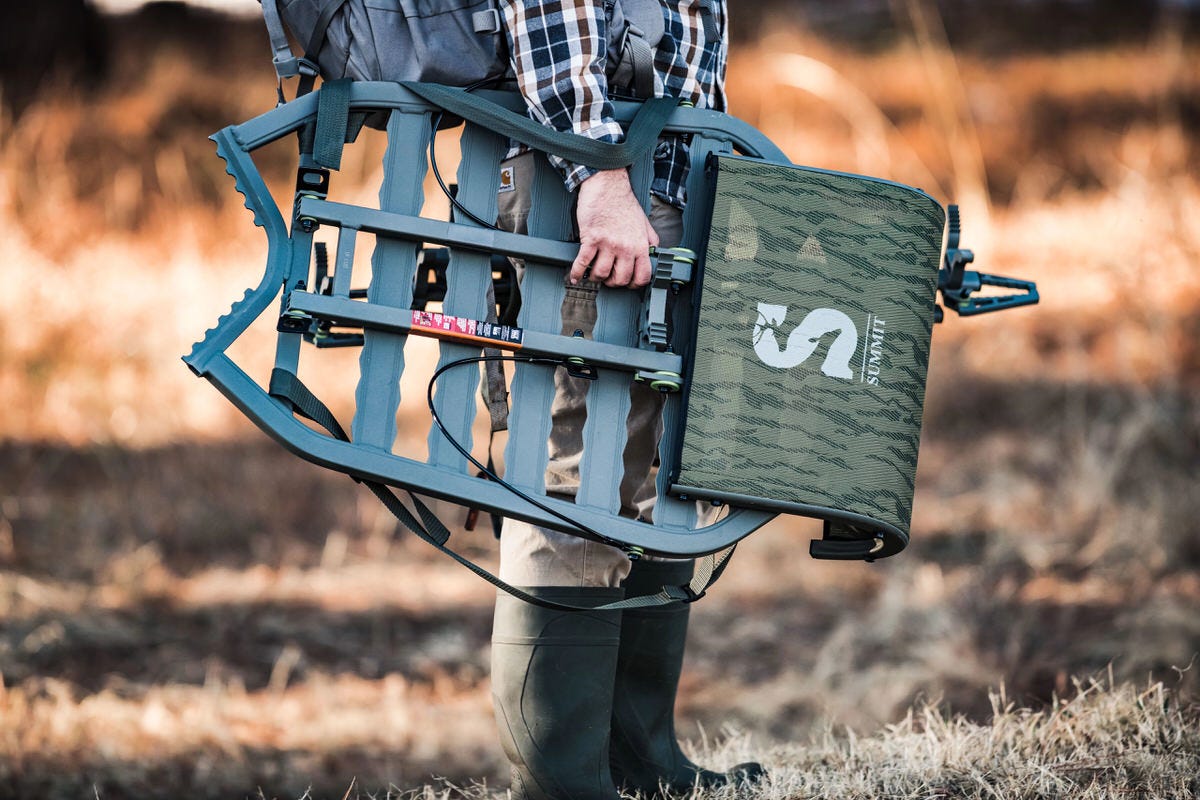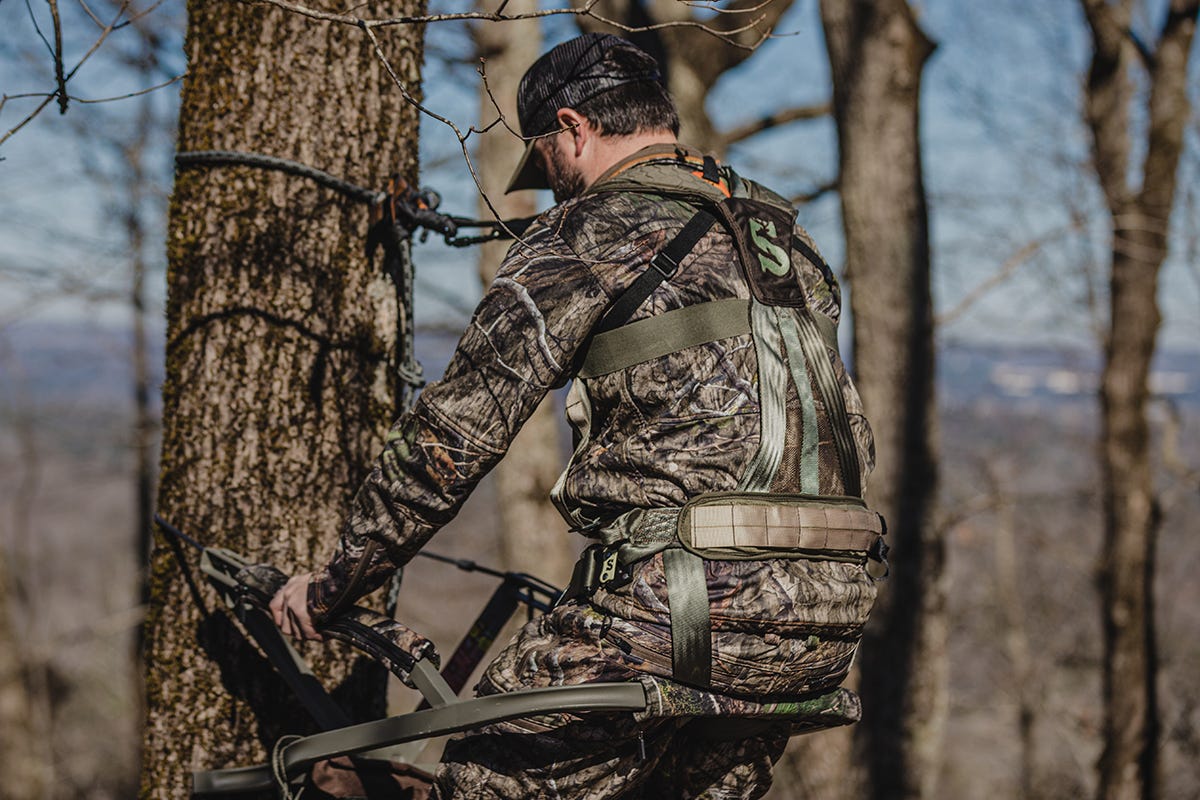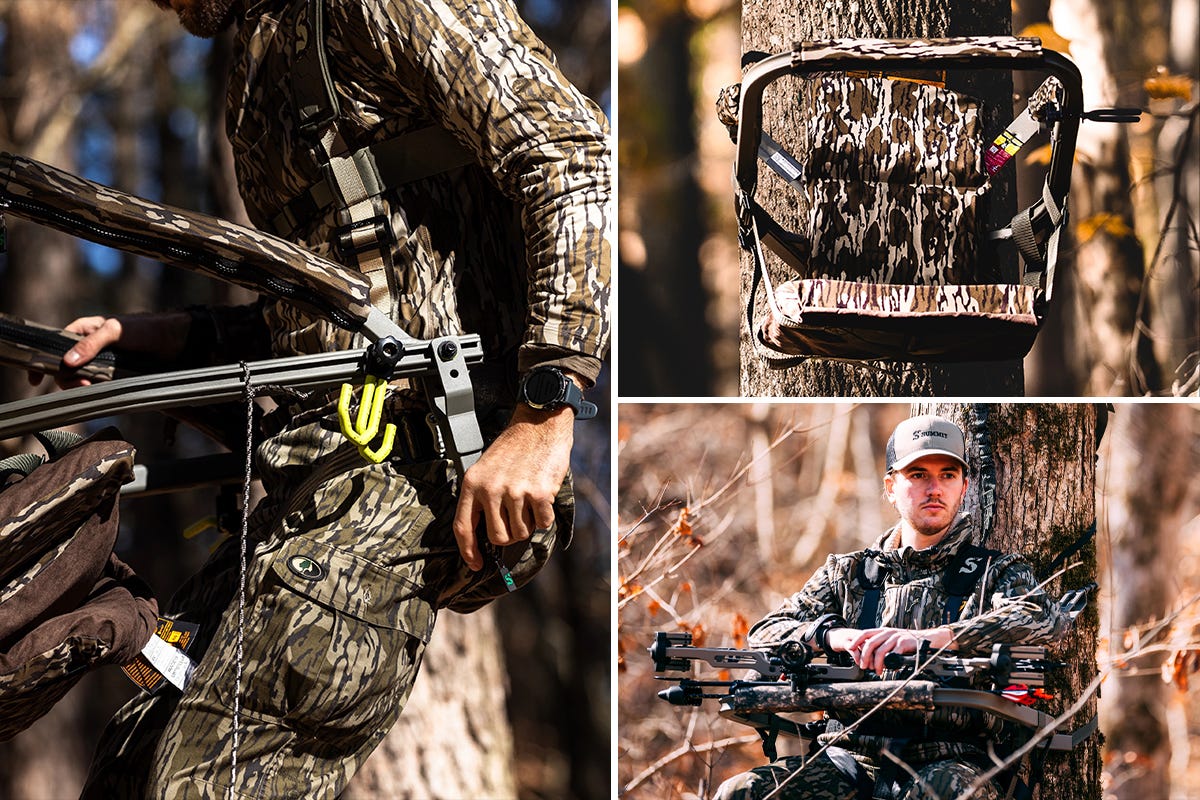- Sep 3, 2014
Top 5 Deer Hunting Myths
1. Rubber boots keep a deer from smelling where you walk
A recent Field & Stream article dispels this myth. Scent control has less to do with your choice of footwear, and more to do with the conditions. Take special care to play the wind, and understand the trails deer use most often where you hunt. Keeping these two factors in mind are the best measures you can take against being winded by a wise old buck.
2. There’s no difference between deer urine and human.
Regardless of whether you’re talking about deer or people, in healthy individuals, all urine is made up of more than 95 percent water. Human and deer urine both also contain things like ammonia, urea, sodium chloride, potassium and creatinine, along with other inorganic and organic compounds.
However it is also true that “Urine is reflective of an animal’s physiology, diet, age, sex and overall health,” said Dr. Karl Miller, researcher at the University of Georgia’s Warnell School of Forestry and Natural Resources. “Deer are herbivores and humans are omnivores, so there are big differences between their urines.”
it’s possible that deer can tell the difference between predator and non-predator urine,” said Brian Murphy, biologist and executive director of the Quality Deer Management Association.
3. The oldest, biggest bucks have the largest home ranges.
In fact, younger bucks have bigger home ranges. Old bucks seem to sense that to travel widely about makes them vulnerable; they also have the stature to claim the best territory as their turf — and when they command the best habitat, they need less of it.
Certainly, large old bucks range far abroad during the rut, but that’s breeding travel, which takes them out of the core home range in which they spend most of the year. Subordinate yearlings are relegated to larger but poorer-quality home ranges that require more rambling around if they’re to find sufficient food and cover.
In a recent QDMA study, deer researcher Clint McCoy studied the movements of 37 different bucks wearing GPS collars on a 6,400-acre hunting site in South Carolina.
“Our two smallest home ranges were yearling bucks at 60 and 90 acres. Our two largest home ranges of 754 and 640 acres were also yearling bucks!” said Clint.
4. Whitetail have excellent vision.
Though it’s certainly true that deer have excellent visual perception, it should be noted that there are several notable differences between our eyes and those of a deer. In the human eye, the lens focuses the image on a small circular area of the retina called the fovea. Sharpness of vision, and sensitivity to color, depend on the number of cones in this area, whereas sensitivity to movement is more dependent on the concentration of rods. In the human fovea, the number of cones in the fovea may exceed 150,000 per square millimeter, giving us excellent visual acuity. A deer’s retina contains fewer cones in proportion to the number of rods, which likely explains why they have such excellent ability to detect movement in a number of ungulates such as cattle and horses, the lens focuses the image on a horizontal band across the retina instead of on a small circular area. This area has a high density of receptors and allows the animal to focus on a horizontal band, instead of a single point like humans.
As you might expect, this ability to focus on a wide horizontal band also would enhance the ability to detect movement. Deer likely are similar to these other ungulates. In fact, if you take a close look at a deer’s eye during daylight, you’ll notice that the pupil opening is reduced to a side-ways oval, rather than a small circle like in the human eye.
5. If you see a rub on a small tree, a small buck, probably a yearling, is sure to have made it.
That’s just not so. I’ve made a study of rubs over the years and watched 5-year-old bucks rub trees as small around as your thumb.
Now, that isn’t the norm, especially early in the year. Larger bucks mostly rub large-diameter trees, and smaller bucks tend to rub smaller trees. But no hard and fast rules govern rubs. Most particularly during the rut, a testosterone-crazed buck will rub any tree that happens to be near as it tries to vent excess energy waiting for a doe to be ready to be mounted.

